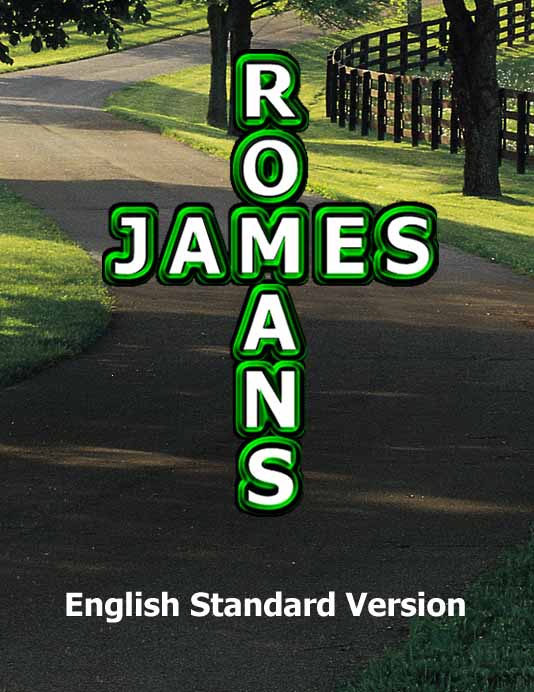|
Quiz Generator
Details and Documentation Click here for BracketMaker Info Startup 1. Install the program by typing A:install from the DOS prompt. The directory Q10 will be created on your hard drive. Quiz Generator can also be installed by copying all files to a directory, then running INS10. 2. Type the command Q10 to run the program. 3. Choose the quiz format provided or choose ENTER NEW SPECS. Any changes you make to a new or existing configuration will be automatically saved. 4. Press Shift-D to delete a given format from the list. 5.
If you have problems running this software under a Windows
DOS prompt, you may need to choose RESTART THE COMPUTER IN
MS-DOS MODE from the shut down
1. Begin/End: Choose the material for the Quizzes you are running. 2. Name of Quiz style: This title is the name under which the configuration specs will be saved, and it will also be used in the headings of your printed quizzes. 3. Name of Output file: Your file will have this name with the extension '.qui'. Additionally, a list of questions and sectors used, along with any problems encountered, will be written to another file with the extension '.inf'. 4. Output to paper/cards/table: Paper generally formats to 2 or 3 pages per quiz. Cards puts one question on each 3x5 card for continuous feed. Table format separates information with tabs for import into a data table or database. For paper output, adjust lines per page to suit your printer. 5. Questions per pack: Choose up to 30. This is the total number of questions, including extras at the end of each quiz. 6. A and B questions begin on: After this point the program will stop numbering to account for the possibility of A and B questions. 7. Specialties may appear: Choose the earliest and latest number on which a specialty may be asked. 8. Pct Int: Choose the percent of questions beginning with an interrogative, from 0 to 100. If you choose the default value of 50%, selection will be left as random. 9. Recount question index: select y if you have edited the database of questions since last running Quiz Generator. 10. Number of quizzes: choose up to 135 for each run. 11. Sector by a.
Chapters: Lets you choose the number of questions to come
from each chapter and divides each chapter into sets of verses. Each quiz will contain one questions from each sector. The sectoring system is the best setup for distributing the questions in a quiz for the following reasons: a.
Each quiz will contain questions from all parts of the material. 12. Percent eligible for repeats: This is the percent of questions used which randomly will not be marked and thus be ELIGIBLE to be used again. 13. Specialty ranges: Choose any compatible range of specialties, up to 20 total and 10 of any one specialty. 14. Percent of FTV from primary list: Choose the percent of FTV type questions from the primary list. This option doesn't actually select a percentage, but rather a list. Choose different lists to adjust for percent of questions from the primary verse list and also the relative number of FTV and Quote questions. Lists ending in "7" contain no FTV or Quote Questions. Lists ending in "8" or "9" contain a reasonable proportion of FTV / Quote. Lists ending in "0" contain a FTVR and Quote for every FTV. "51" "52" and "53" lists contain only single verse (FT or FTV). 15. Regular Question List: Selects the list for regular Questions. 16. Set specialties: Use this option if you wish to set specialty questions on specific numbers.
1. Choose one file of each specialty type you would like to edit, along with either a, b or c regular questions list. You will use the settings for these files when running Quiz generator. 2. You may edit the files in either a word processor or database. When finished, save as a DOS text file. 3.
All files are tab delimited, so be sure that you maintain
this format (tabs 4. Any number of questions may be added, deleted or changed. A new index will be created when quiz generator is run. 5. Before saving, be sure the files are sorted by verse number. 6.
Some databases will automatically alter the field containing
the verse number 7. Run Quiz Generator and choose the settings corresponding to the files you have edited.
|
|
|
